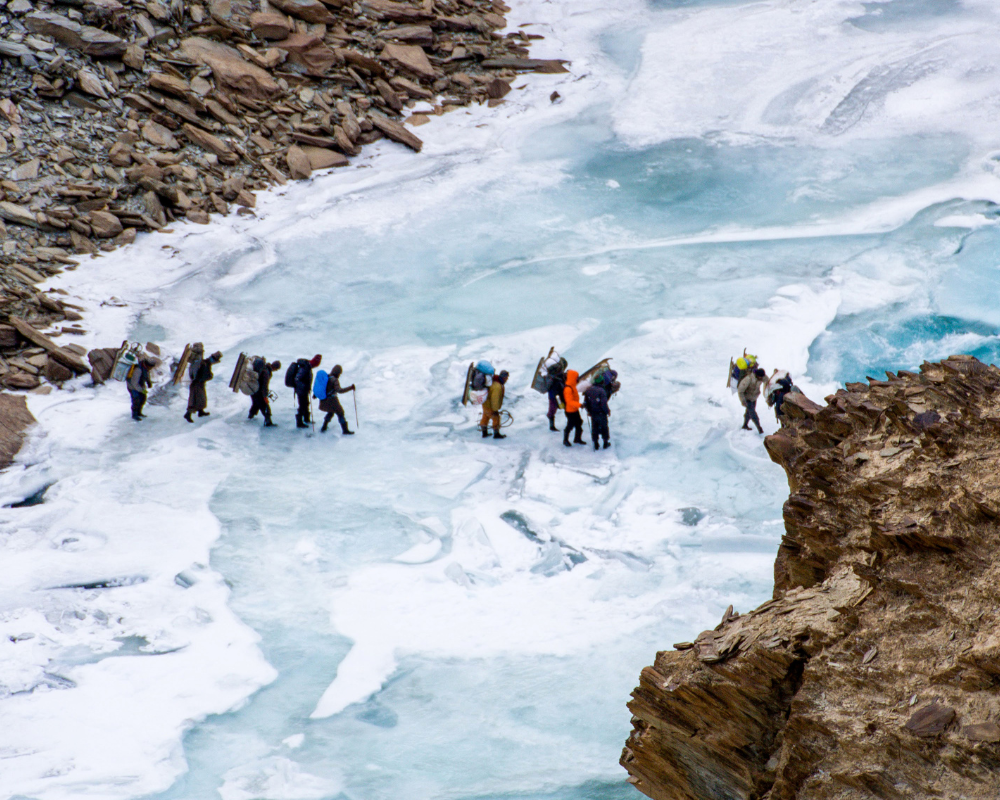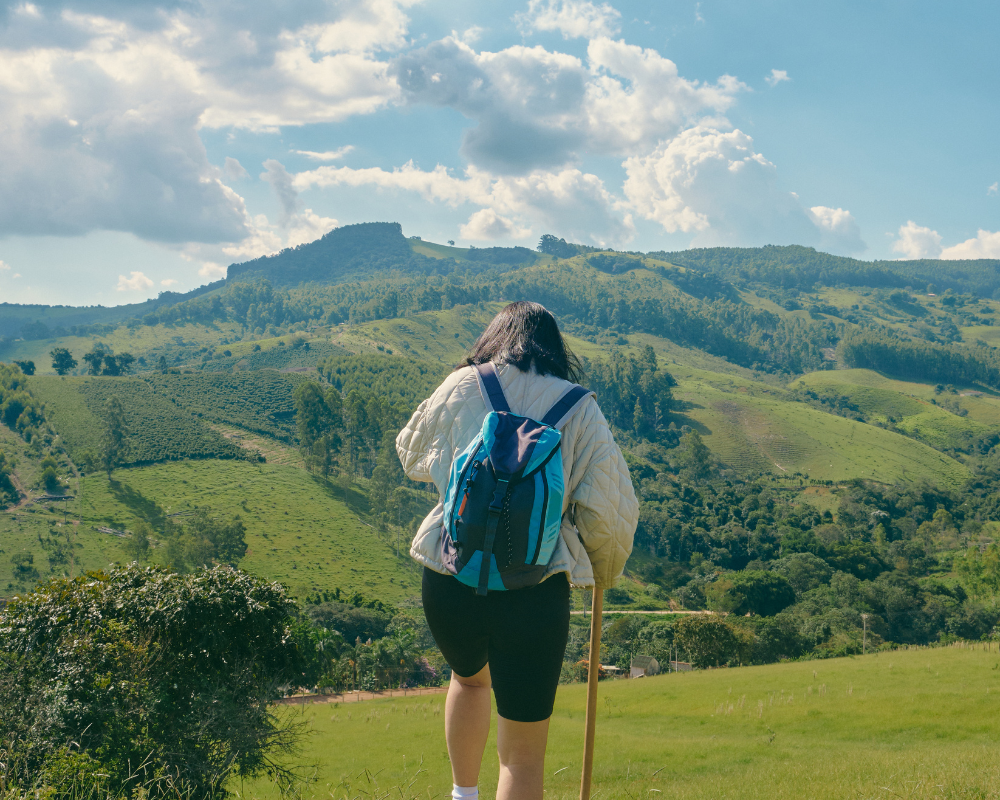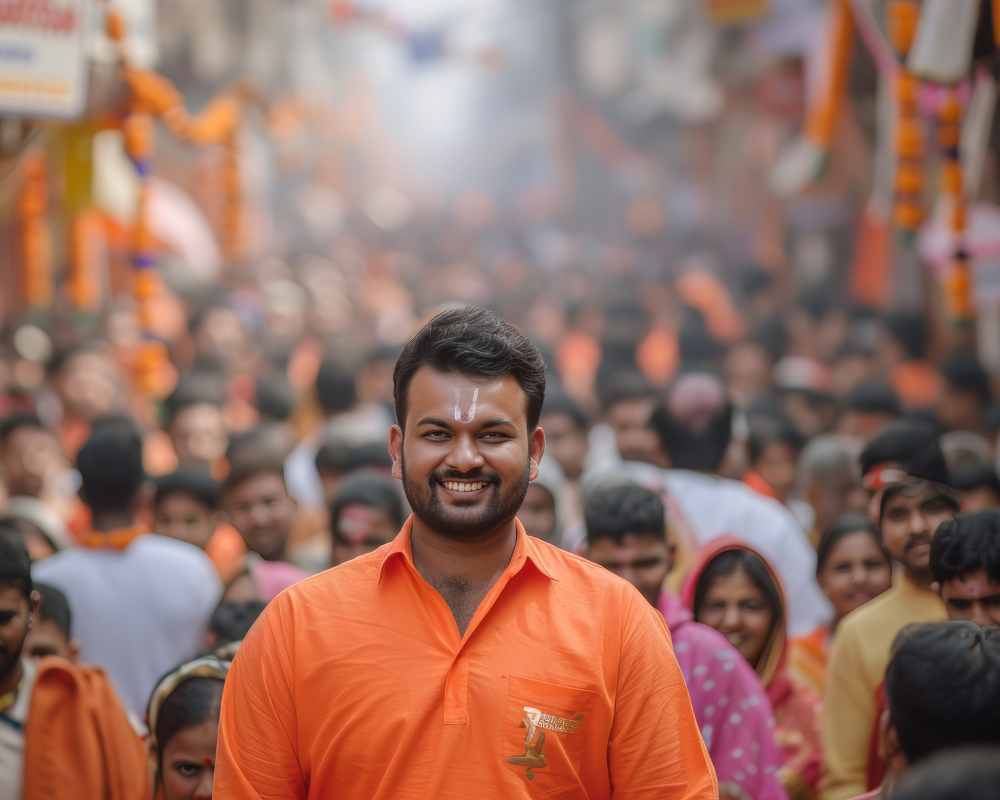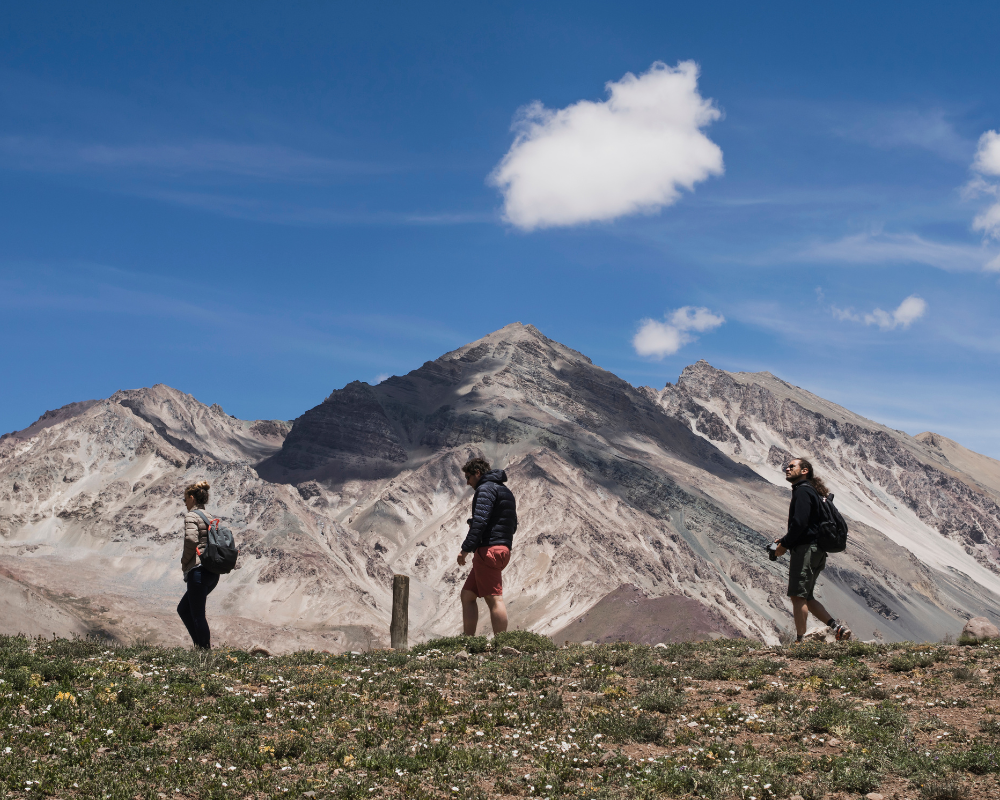Rupin Pass Trek: A Complete Guide to the Ultimate Himalayan Adventure
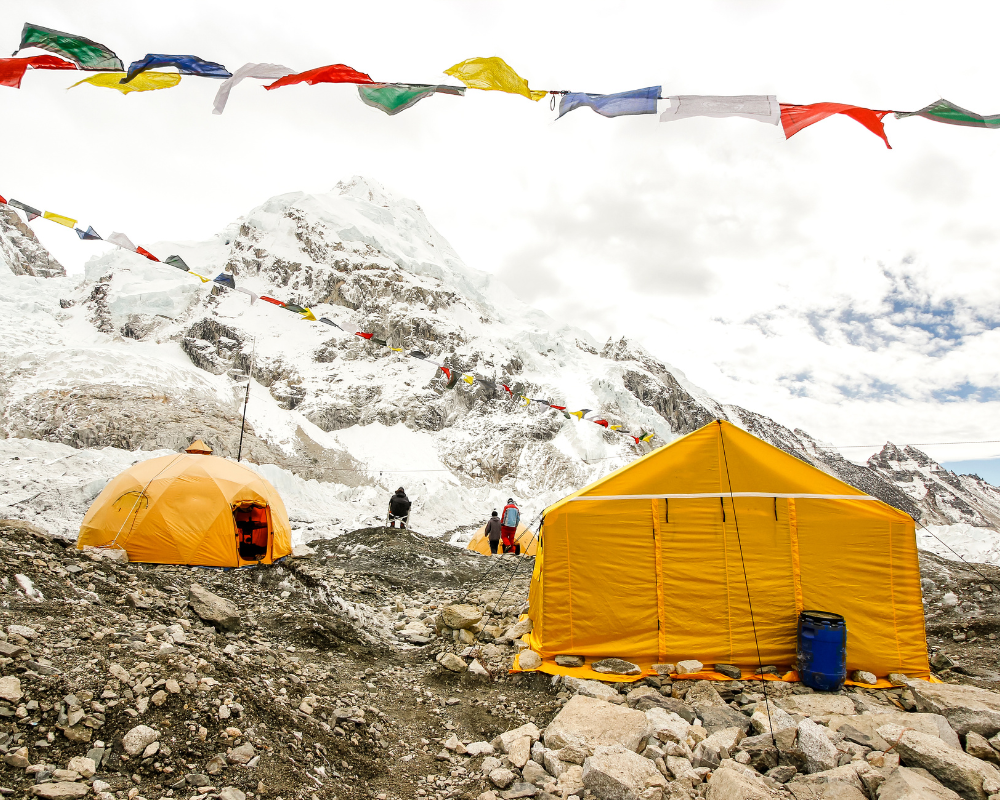
Strong 8k brings an ultra-HD IPTV experience to your living room and your pocket.
The Indian Himalayas are home to many spectacular treks, but few offer the kind of dramatic beauty and thrilling challenge that the Rupin Pass Trek provides. Spanning two states—Uttarakhand and Himachal Pradesh—this high-altitude crossover trek promises ever-changing landscapes, jaw-dropping views, and a heart-thumping sense of achievement. Whether you're a seasoned trekker or an enthusiastic beginner prepared to take on a tough trail, the Rupin Pass Trek offers an unforgettable adventure.
From lush forests and quaint Himalayan villages to snow-covered valleys and steep glacier climbs, the trek is full of surprises. Each day on the trail brings a new terrain, a fresh challenge, and unmatched scenic beauty that makes the entire experience feel like a journey through a living painting. This guide dives deep into every aspect of the Rupin Pass Trek, helping you prepare for this epic expedition in the most comprehensive way possible.
Overview of the Rupin Pass Trek
The Rupin Pass Trek is a high-altitude trek that reaches a maximum elevation of about 15,250 feet (4,650 meters). It starts from Dhaula in Uttarakhand and ends at Sangla in Himachal Pradesh. This makes it a “cross-over” trek—starting in one state and ending in another. The entire route spans approximately 52 kilometers and typically takes 7 to 9 days to complete.
It is classified as a moderate to difficult trek due to its steep ascents, high altitudes, and variable weather conditions. However, the rewards are just as grand. With mesmerizing waterfalls, hanging villages, pine forests, snow bridges, and the surreal sight of the Rupin River flowing beside you, it's no wonder this trek is considered one of the best in India.
Best Time to Visit
The best time to undertake the Rupin Pass Trek is during the pre-monsoon season (May to June) and the post-monsoon season (September to October).
May to June: During this period, the trail is vibrant with blossoming rhododendrons and pleasant weather. The snow begins to melt, creating stunning snow bridges and gurgling streams.
September to October: This is when the skies are clearer, and the post-monsoon freshness enhances the beauty of the landscapes. The fall colors start appearing, and visibility of the distant peaks improves dramatically.
Avoid trekking during the monsoon season (July-August) due to slippery trails, landslides, and leeches. Winter (November to April) is also not ideal unless you are a highly experienced mountaineer, as the trail is usually blocked by heavy snow.
Detailed Itinerary
Here is a typical 8-day itinerary to help you plan your Rupin Pass Trek:
Day 1: Arrival at Dhaula (5,100 ft)
Your journey begins with a scenic drive from Dehradun to the village of Dhaula, the base camp for the trek. The drive takes about 10 hours and runs alongside the Tons River, through picturesque villages and dense forests.
Day 2: Dhaula to Sewa (6,300 ft)
The trek begins with a moderate ascent through dense forests and quaint hamlets. You will walk along the Rupin River, pass wooden bridges, and finally reach the village of Sewa. The village temple, which has a mix of Kinnauri and local architecture, is a highlight.
Day 3: Sewa to Jhaka (8,700 ft)
One of the most fascinating days of the trek, this stretch includes the famous hanging village of Jhaka, which appears to be perched on the edge of a cliff. The trail passes through apple orchards, pine forests, and steep ridges, with breathtaking views.
Day 4: Jhaka to Saruwas Thatch (10,800 ft)
The landscape starts to change as you enter alpine regions. Snow patches start appearing and the trail becomes more rugged. Saruwas Thatch is a beautiful meadow surrounded by snow-capped peaks.
Day 5: Saruwas Thatch to Dhanderas Thatch (11,600 ft)
This is a relatively easy day with a gradual ascent through rolling meadows. The massive U-shaped glacial valley and numerous waterfalls cascading down the cliffs will leave you awe-struck.
Day 6: Dhanderas Thatch to Upper Waterfall Camp (13,100 ft)
You’ll now start your acclimatization for the Rupin Pass ascent. The climb to the upper waterfall camp is steep but rewarding. This campsite offers incredible views and is surrounded by snow.
Day 7: Upper Waterfall Camp to Rupin Pass (15,250 ft) and descent to Ronti Gad (13,400 ft)
The toughest and the most thrilling day of the trek. You start early, navigating steep snowfields and narrow ridges. After reaching the pass, you’re rewarded with panoramic views of the Kinnaur Kailash range. The descent to Ronti Gad is equally challenging and needs caution.
Day 8: Ronti Gad to Sangla (8,600 ft)
The final day involves a long descent through pine forests and shepherd trails. Once you reach Sangla, you can rest, explore the town, and celebrate the completion of an unforgettable trek.
What Makes the Rupin Pass Trek Unique?
Varied Landscapes
No two days on this trek are alike. You move from warm pine forests and rustic villages to cold alpine meadows and icy mountain passes. It’s a visual treat and a physical adventure rolled into one.
The Hanging Village of Jhaka
Jhaka is a small village seemingly suspended in the air. Walking through its narrow alleys and interacting with locals offers a unique cultural experience.
Natural Waterfalls
The trail is dotted with countless waterfalls, including the majestic Rupin Waterfall that cascades from hundreds of feet above, right beside your campsite.
Snow Bridges and Glacial Valleys
The Rupin Pass Trek offers natural snow bridges that are thrilling to cross. You'll also walk through a vast glacial valley, flanked by towering peaks on all sides.
Cross-State Journey
Starting in Uttarakhand and ending in Himachal Pradesh gives trekkers a taste of two distinct Himalayan cultures, cuisines, and terrains.
Physical and Mental Preparation
This trek is not for the faint-hearted. A good level of physical fitness is essential. You should start cardio workouts, leg strengthening exercises, and flexibility routines at least 4-6 weeks before the trek. Acclimatization is key to avoiding altitude sickness, so it's important to hydrate well and follow your trek leader’s instructions.
Mental stamina is equally important. The weather can be unpredictable, and the climb to the pass is strenuous. However, the sense of accomplishment and the awe-inspiring views make it all worthwhile.
Essential Packing List
Here’s a basic list of what you should pack:
Clothing:
Base layers (moisture-wicking)
Fleece or down jackets
Waterproof windcheater or poncho
Thermal innerwear
Gloves, beanies, and woolen socks
Trekking pants (preferably quick-dry)
Footwear:
Waterproof trekking shoes with good grip
Lightweight camp shoes
Gear:
Rucksack with rain cover (50-60L)
Daypack (10-15L)
Sleeping bag (if not provided)
Trekking poles
Headlamp with extra batteries
Miscellaneous:
Sunscreen and lip balm
Sunglasses with UV protection
Water bottles/hydration pack
Energy bars/snacks
Basic medicines and a personal first aid kit
Responsible Trekking
The pristine beauty of the Himalayas comes with a responsibility. Always follow Leave No Trace principles. Avoid littering, carry your waste down with you, and respect local cultures and traditions. Hiring local guides and porters not only enhances your experience but also supports the mountain communities economically.
Conclusion
The Rupin Pass Trek is not just a trek—it’s a transformative experience. It tests your limits, rewards your spirit, and enchants your senses. The ever-changing terrains, cultural richness, and adrenaline-filled climbs make it one of the finest treks in India. Whether you're in search of solitude, adventure, or spiritual elevation, this Himalayan journey delivers it all.
So lace up your boots, pack your rucksack, and take the leap into one of the most stunning trekking adventures the Indian Himalayas have to offer. The Rupin Pass Trek awaits you—with every twist and turn promising an epic story to tell.
Note: IndiBlogHub features both user-submitted and editorial content. We do not verify third-party contributions. Read our Disclaimer and Privacy Policyfor details.



